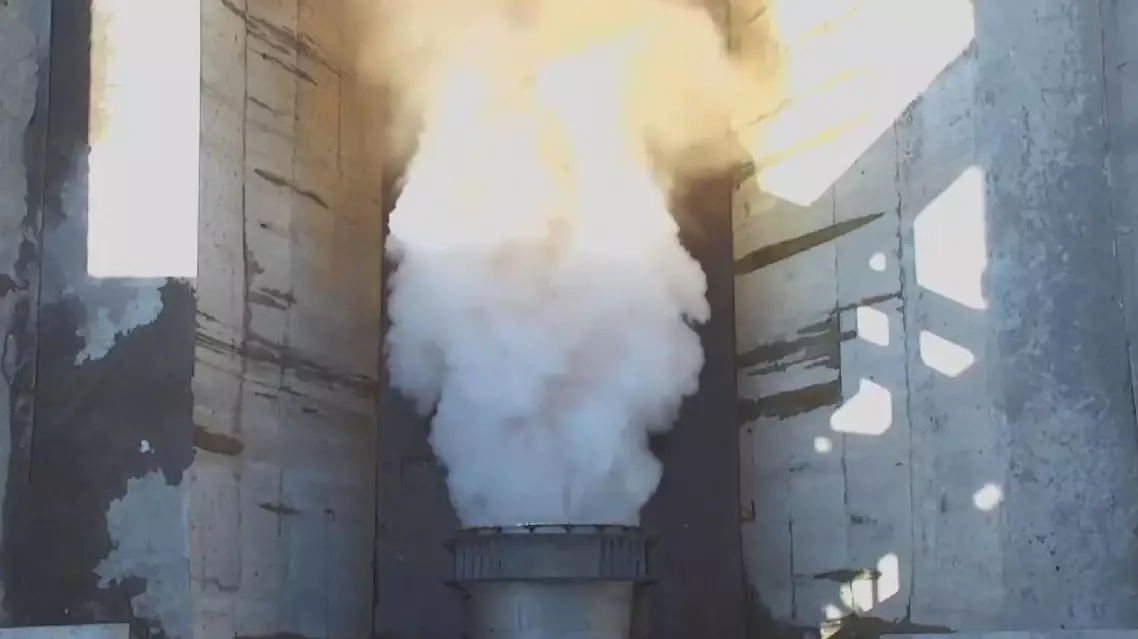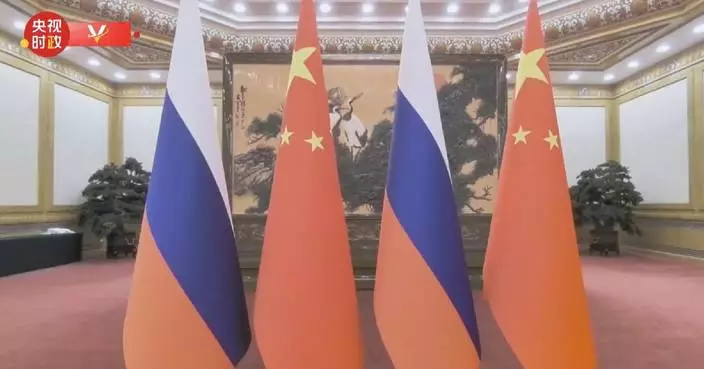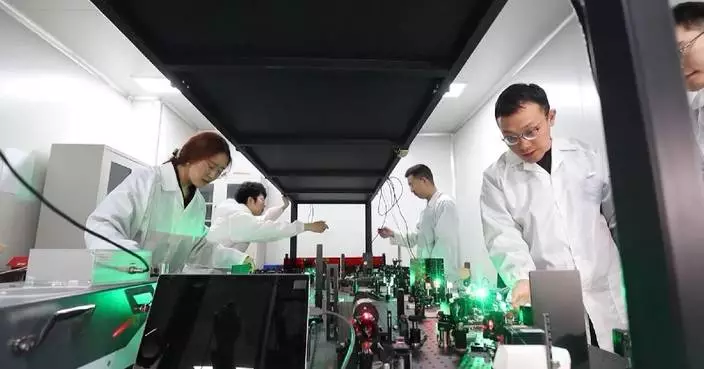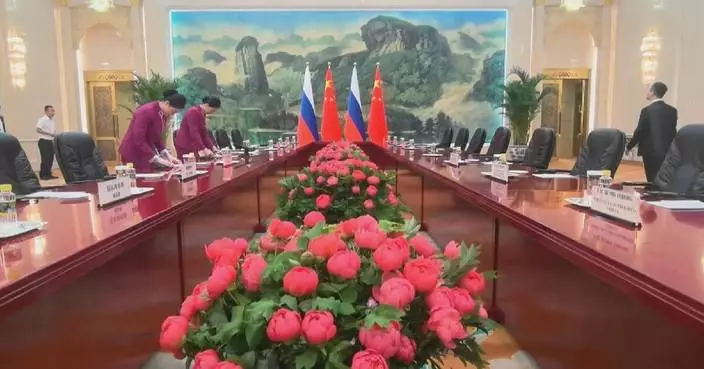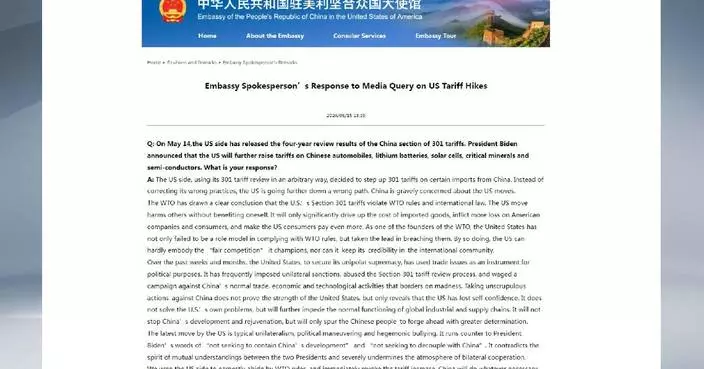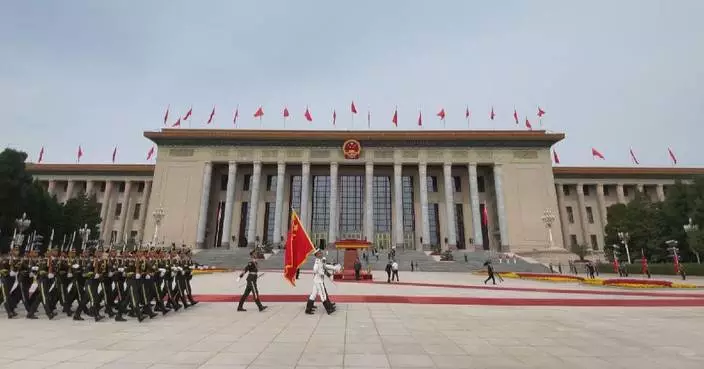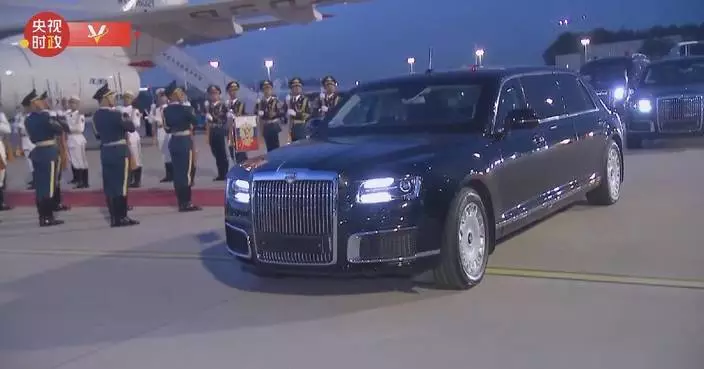The ongoing 2024 Beijing International Automotive Exhibition (Auto China 2024) is seeing a significant integration of AI-driven large models within China’s domestically produced new energy vehicles (NEVs), making the NEVs safer and smarter.
The 10-day-long Auto China 2024 kicked off Thursday in northeastern Beijing's Shunyi District after a lapse of four years.
New energy vehicles (NEVs) unsurprisingly dominated the auto show with 278 NEVs going on display. Many Chinese automakers are investing big to make their NEVs smarter by leveraging the power of large models.
One of China's leading auto companies, Geely, showcased their AI-empowered digital chassis, which has just completed the world's first unmanned autonomous drifting demonstration. With the application of large models, the chassis is able to detect the vehicle's state in real-time and accurately correct the operation of the vehicle to ensure driving safety.
"With the support of the AI digital chassis, the vehicle achieves faster control response with a reaction speed about 25 times of human reaction speed. So in an emergency situation, it can respond faster than us to make a choice to avoid danger and ensure safety," said Bai Junchao, director of the Technology Promotion Department of Geely Automobile Research Institute.
Another Chinese NEV brand Jiyue Auto showcased a vehicle which can achieve real-time interactions between the driver and the car.
"This is the first time that we have transplanted the large speech model from the cloud to the local. Now the large speech model can achieve a response speed within 700 milliseconds. In fact, large models have essentially changed the application interaction experience," said Xia Yiping, CEO of Jiyue Auto.
Lei Jun, the founder and CEO of Chinese tech firm Xiaomi, which released its first self-developed new energy vehicle model SU7 in March, said the future development trend of NEVs will involve integrating large models with mechanical manufacturing to enhance their intelligence.
"The birth of the new-generation AI technology large models has raised the question of how to integrate the large model technology with new energy vehicles. I think the NEV sector in China is in a stage of rapid evolution," he said.

AI-driven large models help China's NEVs get smarter


